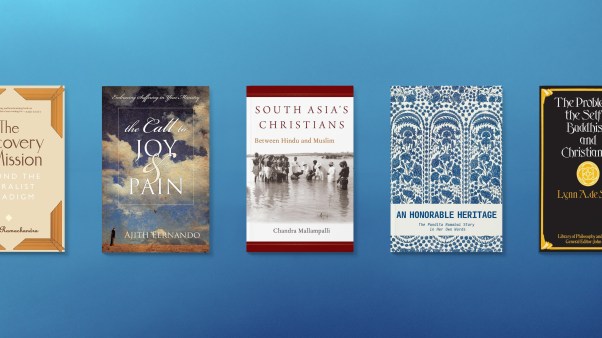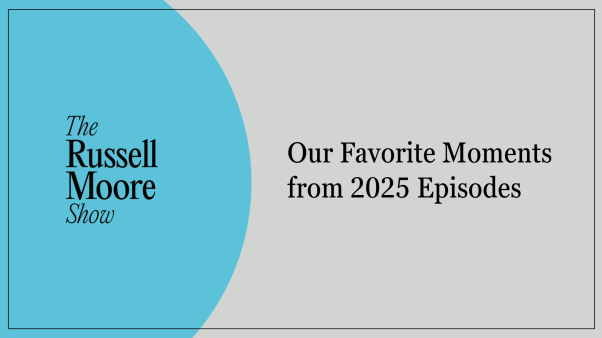Somewhere over the Midwest I asked Ryan in seat 7A what his ideal church would be like. The 26-year-old nominal Catholic with a degree in food science and interest in “spirituality” provided an increasingly common answer: “I don’t understand the rock concert-style churches. I like the practical Bible teaching, but I always find myself wanting to go to Mass instead. Ideally I’d like the liturgy with practical Bible teaching.”
Ryan’s answer hints at the shifts in the worship preferences of many; not just the younger generation’s interest in liturgy, but the general blurring of lines between worship traditions and the theological schools from which they emerged. Today you can find a praise band at St. Mark the Apostle, a Friday night Taize service at First Baptist, and the holy Eucharist adored at Something Creek Community Church.
In this shifting landscape, Exploring the Worship Spectrum proves a valuable roadmap. The contributors intelligently speak to the history, theology, and benefit of six different worship formats, and respond to one another with a level of respect all too rare in most “worship wars.”
Paul Zahl presents the case for formal-liturgical worship that is vertical before it is horizontal— seeking the transcendent holiness of God in a time-tested tradition. The blessing of traditional (hymn-based) worship is presented by Harold Best, the most eloquent, and musically proficient, apologist of the group. Willow Creek’s Joe Horness argues for the contextualized benefit of contemporary worship with humility about its limitations and tempting abuses.
|
|
Don Williams’s discussion of charismatic worship traces its history from the Jesus Movement to Third Wave. Robert Webber tackles blended worship, redefining it not as choruses and hymns, but as a fourfold structure of gathering, the Word, the table, and sending forth. Finally, Sally Morgenthaler advocates an emerging worship that explores art, culture, and unorthodox forms with the new freedoms afforded the church in a postmodern world.
All six authors are theologically grounded, articulate communicators. At times, however, I found myself frustrated by a discussion that failed to connect. Those from “higher” worship traditions (Zahl, Best, and Webber) and those from “lower” traditions (Horness, Williams, and Morgenthaler) often seem to talk past one another.
The contemporary, emerging, and charismatic worship proponents speak passionately for worship contextualized to a community’s culture. Worship is the heart’s response to God, and we should be free to express that praise in familiar cultural forms that most engage the heart. The liturgical, traditional, and blended worship advocates agree that worship is a response to God, but also see corporate worship as a powerfully formative experience in which God shapes his people. They argue for worship elements that transcend culture and shape us in the stories, symbols, and rich doctrines of the gospel. Because of these different starting points, the book sometimes feels like monologues on worship rather than dialogues between traditions.
This gripe aside, the real benefit of Exploring the Worship Spectrum is not intellectual or cultural arguments, but the overall tone of Christian unity. The work celebrates the diversity of Christ’s church and the rich contribution each worship tradition makes. The book is a wonderful primer on the theology of worship, and ought to be read by every worship leader regardless of tradition. Grounded in biblical theology, with a healthy respect for other perspectives, the book may even assist churches and leaders experiencing tension over worship issues.
This book is a needed resource at a time when, as Harold Best said, “That which should unite our practices—namely, truth—takes second place to what so often divides us— namely music.”
Skye Jethani, Wheaton, Illinois
Copyright © 2004 by the author or Christianity Today/Leadership Journal.Click here for reprint information onLeadership Journal.










